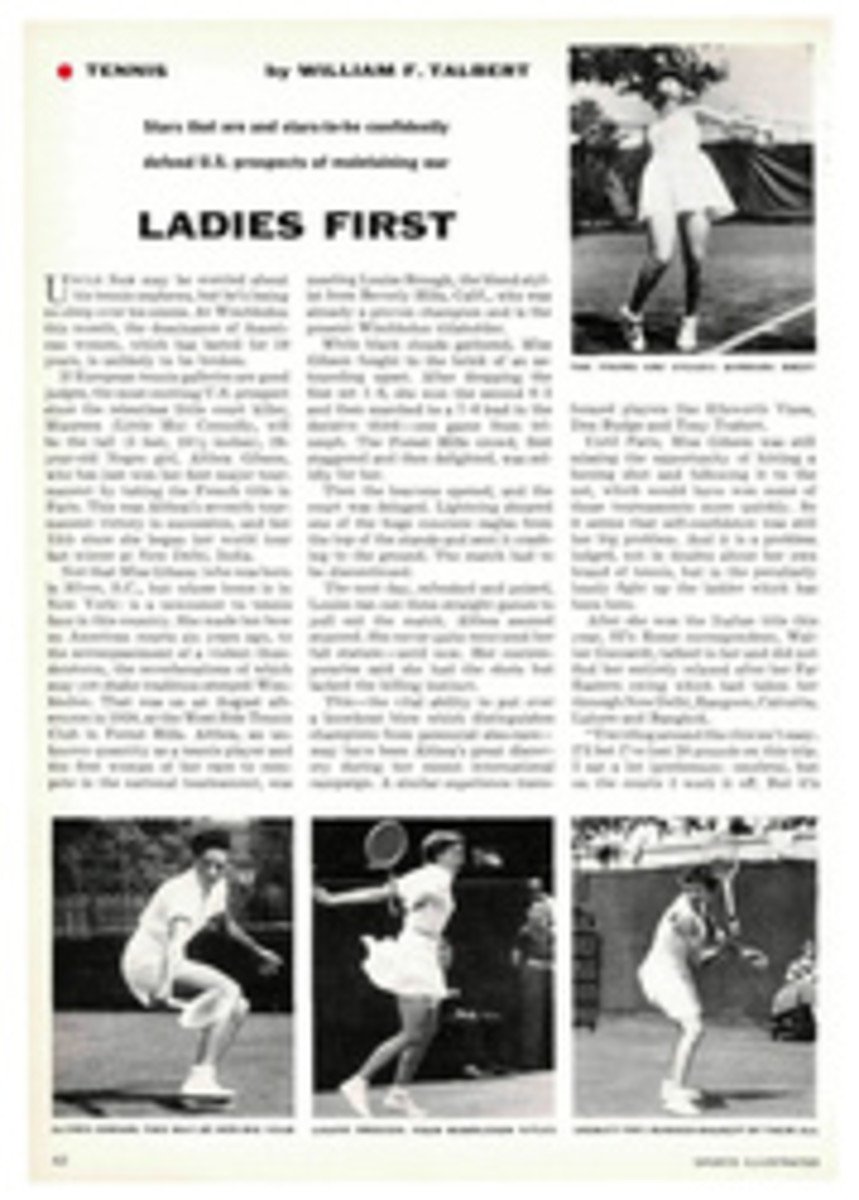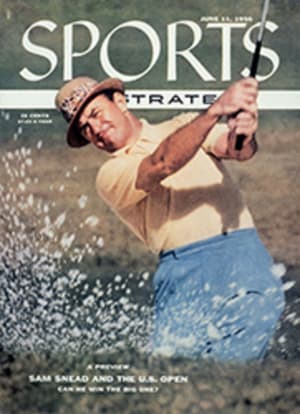
for all golfers except low-handicap players
It's a rare day when you'll see an average golfer practicing approach shots, chip shots or trap shots. And that is one of the many reasons why his game doesn't improve. If he does deign to practice, the driver is his weapon. He won't relinquish the idea that a 250-yard drive is the game's biggest thrill. This is not the attitude of the good golfer. He would rather run up a fine chip shot for his birdie or par any time.
When you are chipping from 30 yards out, you can use a number 6, 7, 8 or 9 iron. The particular club depends for the most part on your preference, with due respect, of course, to the lie of the ball and the terrain to be dealt with. But the stance and the club action are fundamentally the same in all cases. Use an open stance—the left foot back slightly from the line of the shot. Keep the weight more on the left foot than on the right. Bend the knees a bit so that you feel an inclination to sit. Don't pick the club up on the backswing. Brush it away from the ball, keeping the wrists firm so that the stroke doesn't become wobbly. Try not to hurry or to poke the ball, and don't try to lift the ball. The club will do that for you. And after you have contacted the ball, let the club head swing out toward the hole.
from CHARLES McKENNA, Oak Hill Country Club, Pittsford, N.Y.
TWO PHOTOS
TWO ILLUSTRATIONS
Above: the golfer's wrists are kept firm on the backswing. At right: the length of the follow-through should be about equal to the length of the backswing
NEXT WEEK'S PRO: JACK BURKE ON HITTING THAT CLOUD

